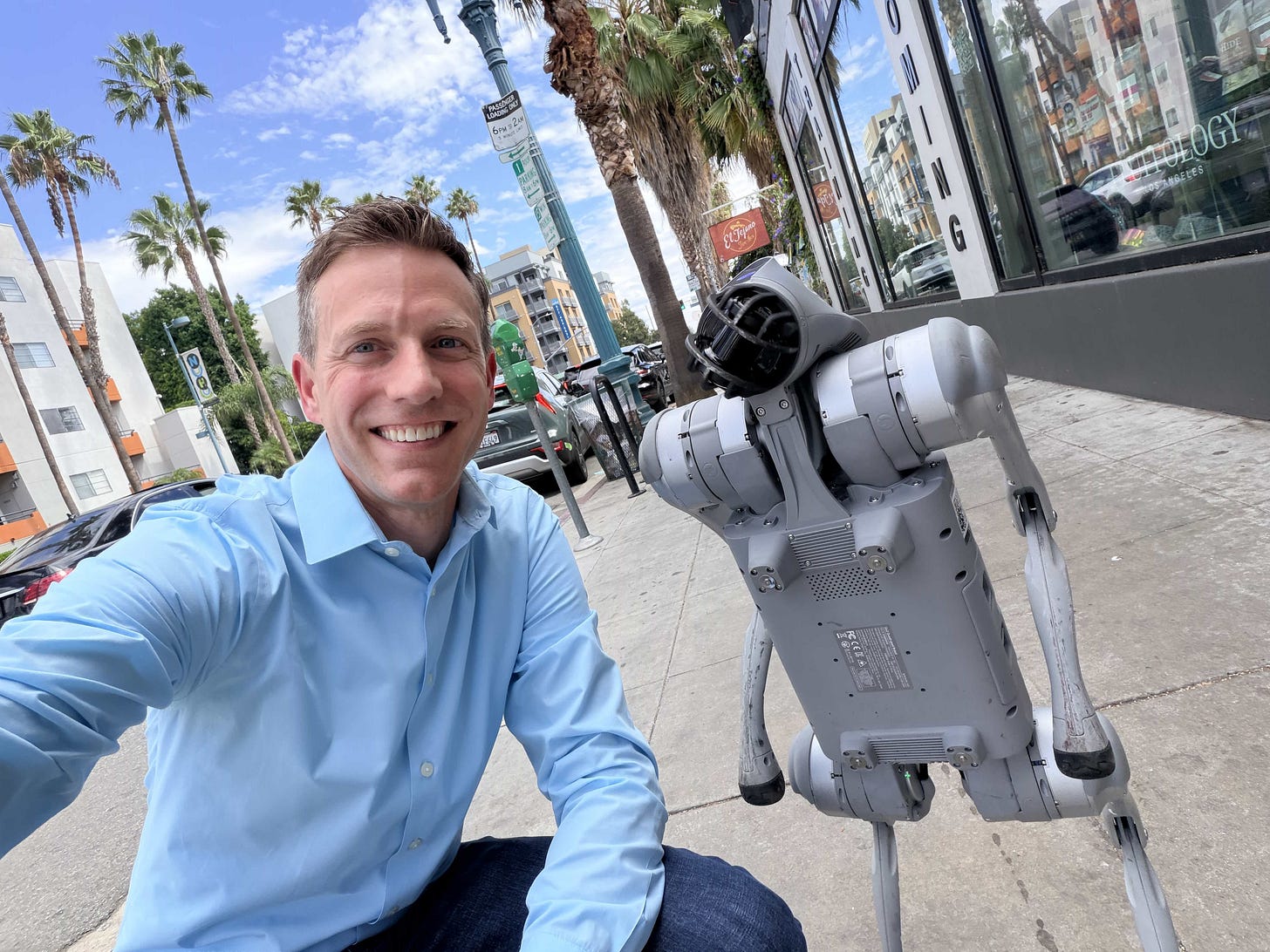How to extend Windows 10 in just a few clicks
Plus: the best TVs, alternatives to Google services and what I learned in the woods
Greetings, and thanks for opening my newsletter! You’re one of more than 57,000 people who get what I consider the need-to-know tech stories — the ones that actually impact consumers. I appreciate you being here.
This week, I spent some time with robots in North Hollywood. I’ve seen humanoid and dog-like bots plenty of times at trade shows like CES, but …


